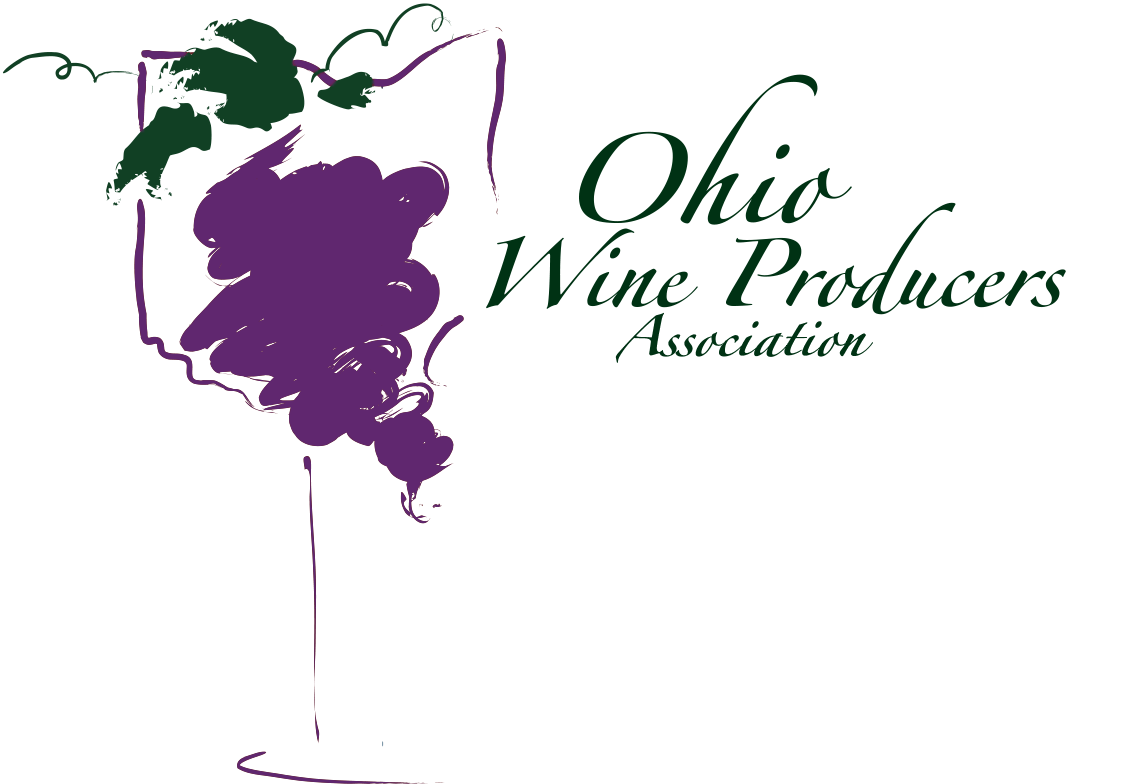Lou Heineman
Lou Heineman, Heineman Winery, Put-in-Bay
One of the first men contacted during the formation of the Ohio Wine Producers Association was Louis Heineman. Louis owns the winery that has been in his family for three generations and has had a lifelong involvement in the business.
Louis served as an OWPA director for many years, having been president and vice president during part of that tenure. Through the years he has served as an adviser and confidant to dozens of emerging winemakers across Ohio. Louis's insights into the political arena, his geniality and overall commitment to the industry helped forge a strong foundation for the Ohio grape and wine industry.
The Heineman Winery, managed now by Lou and his son Ed, was founded in 1888 by Louis's grandfather Gustav Heineman, an immigrant from Baden-Baden, Germany, a famed grape growing region of that country. The Lake Erie Islands were already noted for quality grapes as a result of ideal soil conditions and the long growing season because of the tempering effect of Lake Erie. By 1900, Heineman's was one of 17 wineries on Put-in-Bay.
The passage of the Volstead Act creating the Prohibition of Alcohol in 1919 was catastrophic to the Island's grape and wine industry. Most of the wineries failed and the vineyards fell into disrepair. Heineman's survived under Gustav's son, Norman, by selling unfermented grape juice and providing taxi cab service to and tours of the Winery's caves. Ohio was one of the first States to go "wet" after repeal, and Louis's father Norman received his grower's permit to make wine. With little competition, Heineman's soon became very successful again.
As a young boy, Louis cleared tables in the winery and at the age of 22, he ran the bar. Today the third and fourth generations of Heineman’s, Louis and Edward, share the family winemaking tradition. Louis's daughter Angie is the retail shop manager.
Heineman’s and other local growers cultivate 50 acres of grapes on the island. This gives the winery "vine to wine" quality control year after year. For the 50,000 gallons of wine produced annually the majority of grapes are labruscas, most notably Catawbas, and the rest includes both vinifera and French hybrids.

